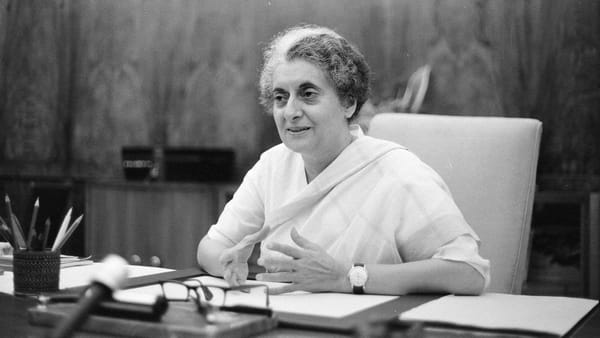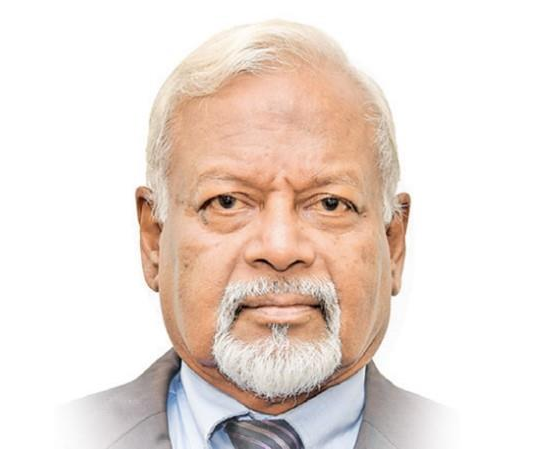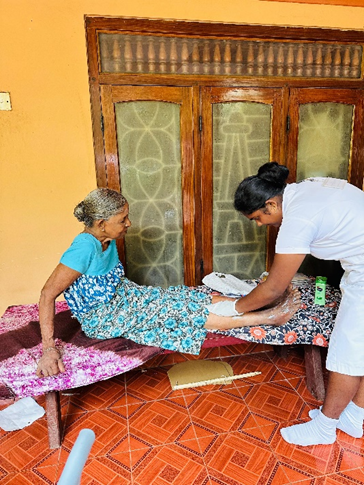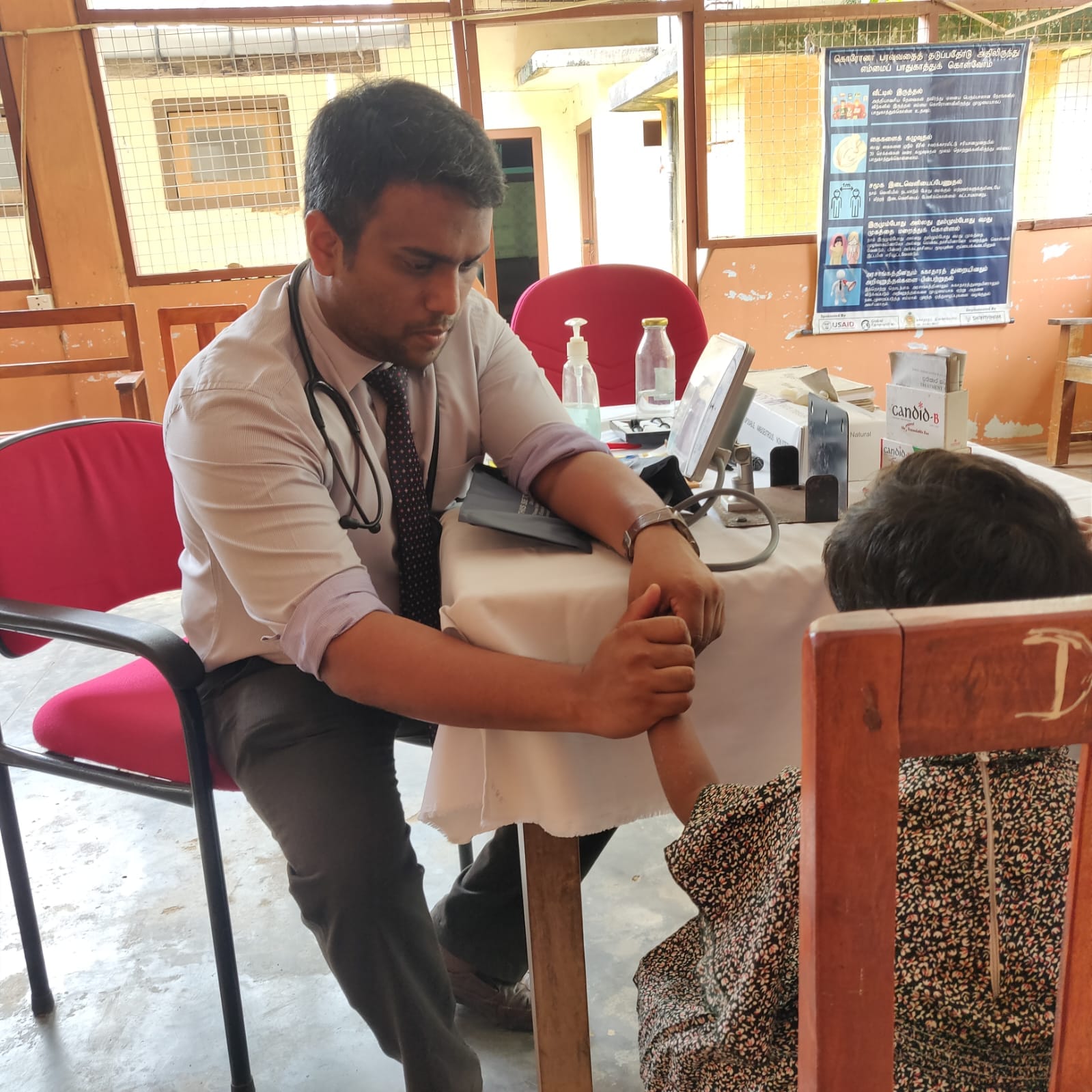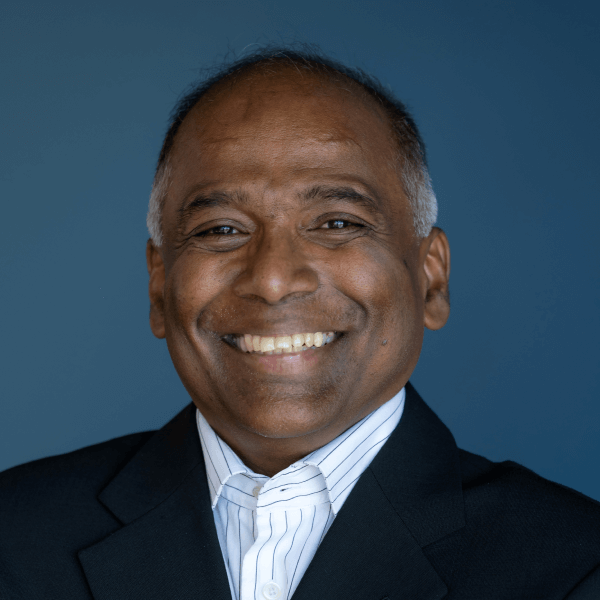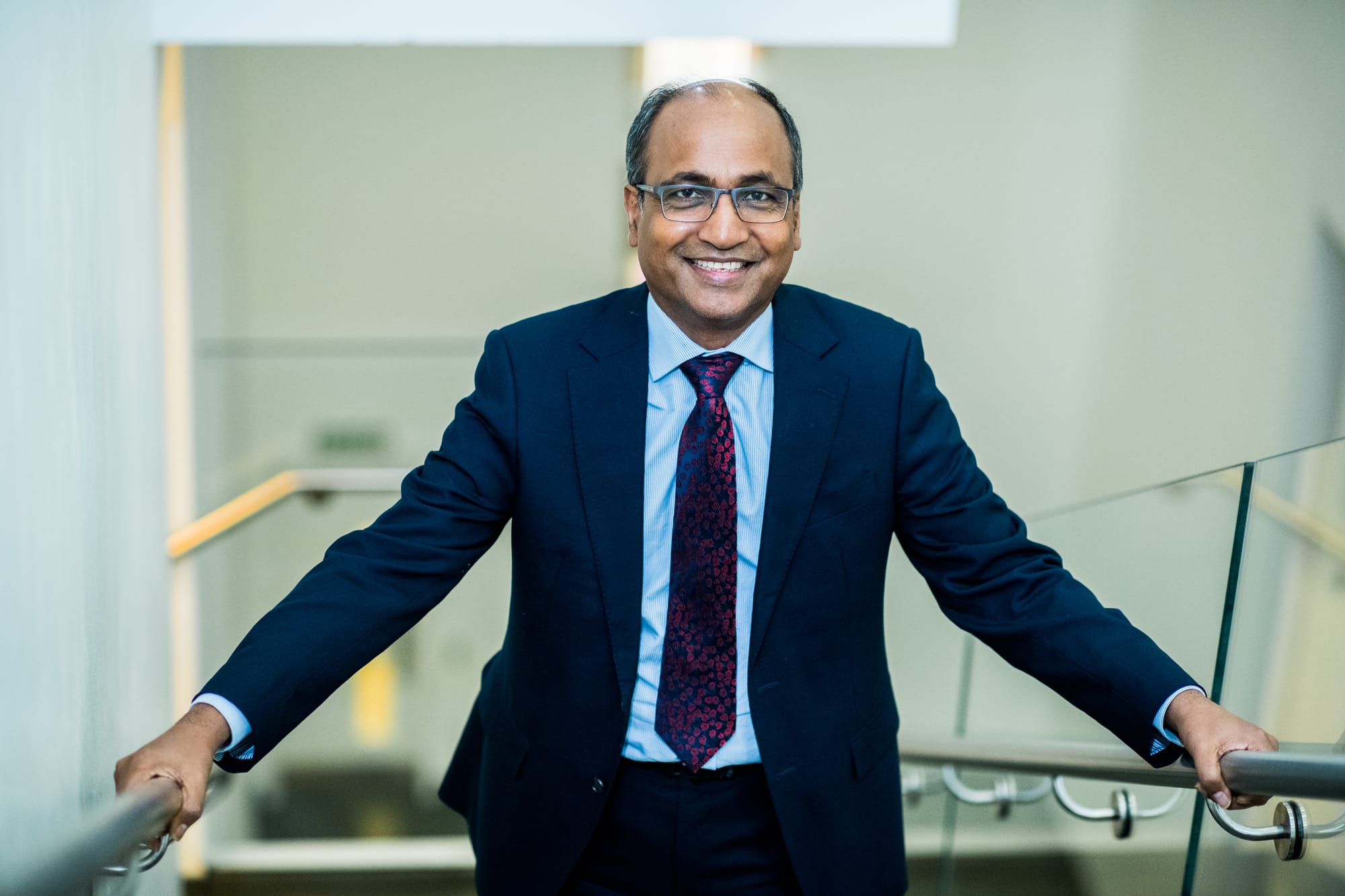The month of June marked the 50th anniversary of the imposition of Emergency and media censorship by Prime Minister Indira Gandhi — the most serious blow to the world’s largest democracy. The Emergency rule from 1975 to 1977 was a direct assault on India’s democratic ethos, with media censorship at its core. Although India eventually emerged from that dark chapter with its democratic spirit intact, the episode remains a stark reminder that the freedoms of a free press must never be taken for granted.
From June 25, 1975, for a tense period of 21 months, civil liberties were curtailed, political opposition was suppressed, and the press—once a vibrant pillar of democracy—was subjected to unprecedented censorship. The Emergency was finally lifted in March 1977, after which the people voted for a non-Congress government for the first time in independent India.
The government justified the imposition of Emergency by claiming it was necessary to curb what it described as an ‘internal disturbance.’ However, both the media and the public understood that the underlying causes were political. Indira Gandhi’s government was under intense pressure due to mounting popular protests led by Jayaprakash Narayan, economic stagnation, rising unemployment, and a landmark judgment by the Allahabad High Court that invalidated Gandhi’s 1971 election victory due to electoral malpractice. Rather than resign, she chose an authoritarian path, advising President Fakhruddin Ali Ahmed to declare a state of Emergency under Article 352 of the Constitution.
I was employed with the Sinhala Service of All India Radio (AIR), and on that fateful day, I joined a group of journalists and onlookers outside the Parliament Street Police Station in Delhi—just 50 meters from the AIR Broadcasting House—after the media received a tip-off that some political leaders were to be detained.
The police asked the crowd to disperse, but a few young journalists took cover behind the large trees in front of the station. Their defiant wait proved journalistically rewarding. Before long, a white Ambassador car, flanked by a flurry of escort vehicles, arrived at the scene. Tarun Basu of UNI later recalled that he saw Jayaprakash Narayan—hailed as "Lok Nayak" or "People’s Leader"—wedged between policemen in a van entering the station.
As the vehicle slowed down, someone asked Narayan for a comment. He responded with a stark warning: "Vinash kale vipreet buddhi"—reason takes flight as doom approaches.
On June 24, Jayaprakash Narayan made a dramatic appeal at a massive public rally in Delhi, urging the military and police to act according to their conscience and disregard unconstitutional and immoral orders. He reiterated his call for a programme of social transformation, which he termed Sampoorna Kranti (Total Revolution).
Alongside Narayan, many other leaders—including Morarji Desai, who would later become Prime Minister in 1977—were arrested. Among the others detained were Atal Bihari Vajpayee, Chandra Shekhar, and Charan Singh, all of whom would go on to serve as Prime Ministers of India.
Sikander Bakht, who later became a cabinet minister in the Desai government and a key figure in the Jana Sangh/BJP, recalled that he hid in his bathroom when the police came for him and pleaded with us to help him avoid arrest.
Another notable escapee was Subramanian Swamy, who was tipped off by colleagues and managed to flee in time, catching one of the first flights to the freedom of the West. From abroad, he helped organize resistance against the repressive regime. Dissenting teachers, students, journalists, and intellectuals were all thrown behind bars, as independent India came under a dictatorship for the first time.
Authorities belatedly realized the damage caused by the free flow of information about the crackdown, which spread rapidly through newspapers and news agencies in the pre-internet, analog era. What was intended as a swift and silent operation in the dead of night was exposed far more widely than anticipated. In response, the government moved quickly to shut down as many outlets as possible before deploying censors.
One of the earliest and most draconian measures imposed during the Emergency was the censorship of the press. The Ministry of Information and Broadcasting issued directives requiring newspapers to submit their reports for government approval before publication. Power supply to newspaper presses was cut on the night of June 25–26, catching many publications completely off guard.
Journalists, editors, and media houses were effectively muzzled. Prominent newspapers such as The Indian Express and The Statesman protested subtly. One of the most symbolic acts of defiance came when The Indian Express left its editorial column blank in protest of the censorship.
Publications that toed the government line were favored, while dissenting journalists were arrested or intimidated. The government also suspended the Press Council of India, and Doordarshan—the state broadcaster—was reduced to a propaganda tool. Even cartoons and satirical content were subjected to strict scrutiny.
Alongside media censorship, the Emergency witnessed mass arrests of opposition leaders, curbs on judicial independence, forced sterilizations under Sanjay Gandhi’s family planning drive, and demolition of slums in Delhi. The media, constrained and fearful, could neither report freely nor serve its watchdog role.
Self-censorship grew widespread. The press, either out of fear or survival instinct, began to avoid politically sensitive content. The lack of critical journalism during this period contributed to the insulation of the government from public opinion, fostering an echo chamber of power.
The Emergency ended in March 1977 when Indira Gandhi, perhaps misjudging public sentiment, called for general elections. The opposition Janata Party swept to power, and Indira Gandhi lost her parliamentary seat also. The aftermath led to soul-searching in the Indian media fraternity. The period remains a stark reminder of how fragile press freedom can be, even in a democratic framework.
The Indian Emergency and its censorship regime have since become a cautionary tale taught in journalism schools and political science classrooms — a testament to the need for constant vigilance to protect democratic institutions and freedoms.
As veteran journalist Kuldip Nayar, who became High Commissioner to UK in 1977, wrote, “The Emergency was a watershed. It taught journalists to resist, to fight back. But it also exposed the ease with which the government could choke free speech.”
Sugeeswara Senadhira, Secretary General of Asian Geopolitical Strategic Studies Council, is a veteran research scholar who served as a senior diplomat in Oslo, Paris & New Delhi. He also held senior positions in audio, visual, and print media.


